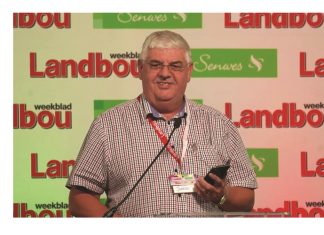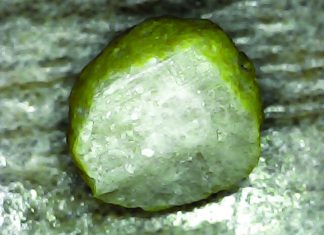South Africa is littered with solid waste of which a very large percentage is primary and secondary packaging of all types of commodities. Think about toothpaste: it is sold in a plastic tube which is presented in a paper box. Once the consumer opens the paper box, it is waste; and once the toothpaste tube is empty, it also becomes waste.
Unfortunately, South Africans have not yet embraced a culture of recycling and that toothpaste tube and its little box end up in a landfill site somewhere with millions of tons of other solid waste. The Department of Forestry, Fisheries and Environment (DFFE) adopted a policy some time ago to address the massive problem of waste and over the past two years, new regulations under the National Environmental Management Waste Act, 2008 (Act No. 59 of 2008) were published to create a new management framework for South Africa. The purpose of these regulations, called the Extended Producer Responsibility (EPR) regulations, is to steer manufacturers of commodities to devise strategies and plans to recover packaging of such commodities to prevent it from clogging already strained landfill sites with more solid waste.
Packaging facts
Packaging includes all sorts of materials such as polymer plastics, paper, cardboard, steel and aluminium. A large percentage of packaging can be recovered and recycled. One of the best examples is PET (polyethylene terephthalate) beverage bottles – of which millions are used in South Africa every year. None of these bottles needs to go to a landfill site because they can all be recovered, cleaned, chipped and the material can be used to manufacture new beverage bottles. There is hardly a packaging material that cannot be recycled.
A novel concept is that one person’s packaging waste is someone else’s livelihood, because there are thousands of waste pickers that recover waste materials and make a living out of the recycling of such materials. However, the DFFE promulgated the EPR regulations recently to place the onus for recovery and recycling of packaging materials squarely in the hands of manufacturers. Different EPR notices are also starting to come to the fore to guide the appropriate management of different waste streams. EPR notices already exist for paper and plastic packaging.
What about pesticide packaging?
The DFFE realised that hazardous materials and their packaging needed a different approach to recovery and recycling than that of normal packaging. A pesticide container carries a certain hazard and risk, while a PRT beverage container is not hazardous and of very low risk to people. Yet, if left unattended, both pose a long-term risk to the environment. The material of empty pesticide containers cannot be channeled into the same conduits for recycling as other packaging for fear of contaminating materials that
are
intended for consumable goods packaging. It was therefore decided by the DFFE to promulgate a pesticide EPR notice to deal with pesticide packaging separately from any other packaging. CropLife SA worked very closely with the chief directorate: Hazardous Waste Management and Licensing of the DFFE to draft the notice and it is expected to be promulgated in the second quarter of 2022. The pesticides EPR notice includes obsolete pesticides apart from addressing all pesticide packaging.
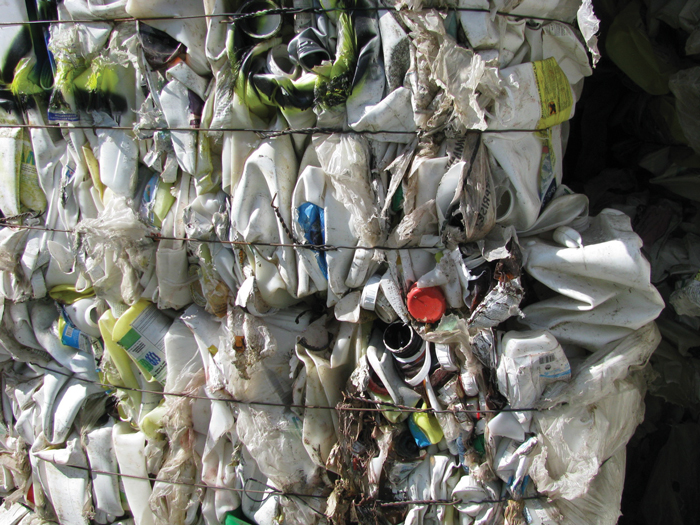
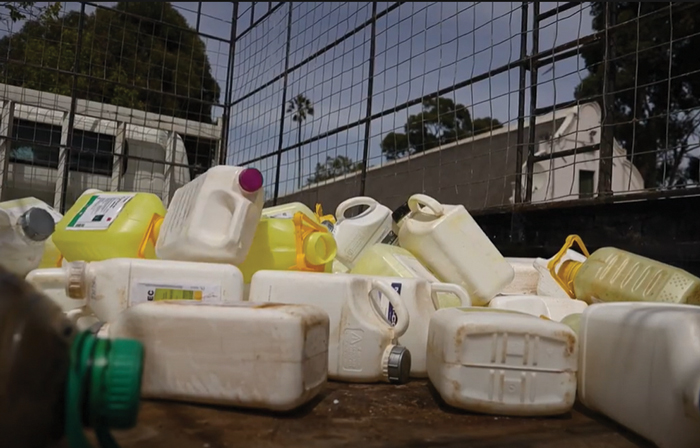
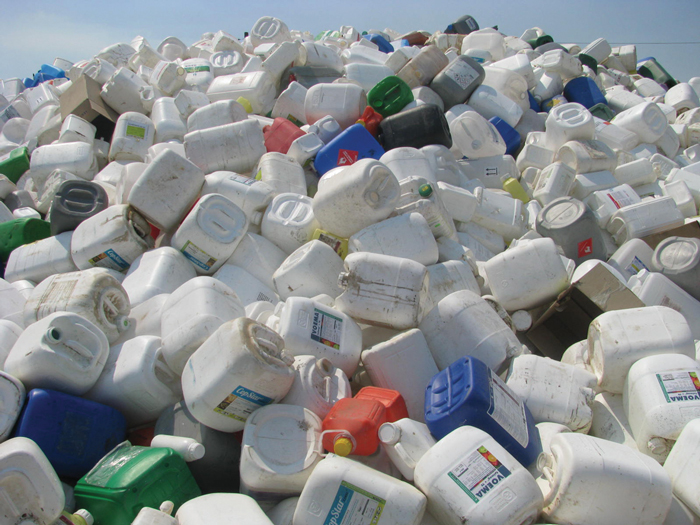 The cradle-to-grave principle
The cradle-to-grave principle
The stewardship principles of CropLife International, which are also underwritten by CropLife SA, dictate that the supplier of a pesticide takes responsibility for a pesticide from the discovery of such an entity right through to the end of its lifecycle. This is 100% in line with the spirit of the pesticide EPR notice, which compels the manufacturer to take care of the recovery, recycling or disposal of any empty packaging and obsolete materials. CropLife SA and its supplier members are fully aware of this responsibility and embrace it fully.
Waste generator versus supplier: Who is responsible?
We all buy commodities in packaging and generate waste from it. Good citizenship means a waste generator, whether in a town or on a farm, will do his or her level best to make sure such waste does not pollute the environment or pose a risk to people. The big question is what the waste generator should do with the empty packaging. That is exactly what the pesticide EPR notice is for: issuing a mandate to all pesticide manufacturers to establish mechanisms for producers to dispose of any pesticide packaging and obsolete stocks lawfully and responsibly according to the Waste Management Regulations, Nr. R634 of 23 August 2013. The onus for waste management is therefore a shared one between waste generators and product suppliers.
Different roles and responsibilities
The manufacturers of pesticides must have workable plans and infrastructure to cater for the collection and disposal and/or recycling of pesticide containers. The EPR regulations allow for industry members to work collectively by establishing a representative producer organisation (RPO) that manages the process on behalf of its members. CropLife SA is the de facto RPO for pesticide packaging (but not necessarily representing all manufacturers) and will thus be responsible for managing the collection and recycling of pesticide packaging on behalf of the members of the RPO.
It means that CropLife SA will have the infrastructure and means for producers to dispose of their empty pesticide packaging with the least possible effort. CropLife SA is in a fortunate position to have a network of more than 135 CropLife SA-certified recyclers all over South Africa that collect or receive empty packaging from the farm. Virtually all of it is recycled into other commodities. CropLife SA will also set up a recovery and disposal system for obsolete pesticides once the pesticides EPR notice is formally promulgated. This service, rendered by more than 230 individuals that are CropLife SA-certified recyclers, is offered free to producers, unless extenuating circumstances may force management fees to be charged.
The generators of empty pesticide packaging, meaning producers and consumers, have a different responsibility to that of manufacturers. Their responsibility lies at a deeper level, namely at the level of the waste management regulations as mentioned above. These regulations classify materials such as empty pesticide containers as hazardous waste and elevate the responsibility of the owners of such containers to a very high level. Any person who stores, processes and transports hazardous waste, requires special licensing to do so.
There is always a light at the end of a dark tunnel: The South African National Standard SANS10402 classifies any packaging of hazardous materials that is cleaned by the prescribed methodology as nominally empty, which means that such packaging is no longer hazardous waste and may be stored, transported and processed without the hazardous waste management licensing. The only requirement which filters down from national legislation to local authorities, is that normal waste (not hazardous waste) may not be stored for longer than three months before being processed or removed.
Grain producers thus have a few focussed responsibilities, namely to clean pesticide containers by triple rinsing according to the CropLife SA triple-rinse protocols and take such containers to a CropLife SA-certified recycler. It’s as simple as that. CropLife SA’s responsibility is to ensure that producers have disposal points in their immediate area where they can drop off triple-rinsed, empty containers. The organisation must also ensure that the certified recyclers operate within the legal framework of waste management and manage all pesticide packaging accordingly.
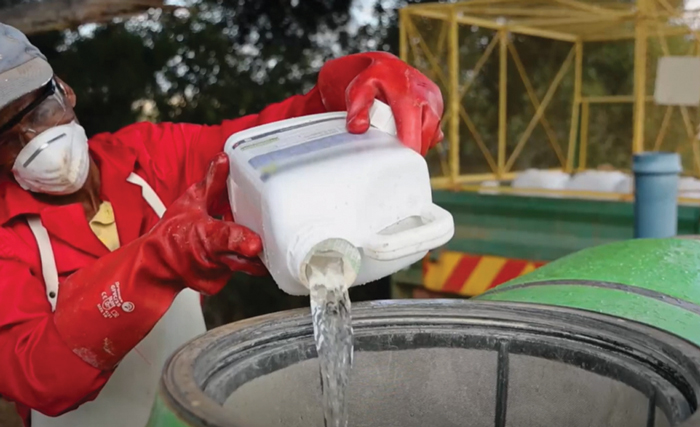
Will the EPR cost producers anything?
Everyone is always concerned about costs, even though the agricultural sector is doing well financially. The cost for the implementation of the pesticide EPR lies with the producers. A great advantage thus far is that the recyclers are self-funded and have never been reliant on the industry for financial inputs. Producers do not have to pay for these services, but when it is found that containers are not nominally empty, they will require the services of a hazardous waste management company that will charge the owner of such waste for the recovery and removal. The costs could be as high as R45 000/ton. It is therefore the producers’ decision: Do they triple rinse and dispose of containers through a CropLife SA-certified recycler or do they spend the income of 15 tons of maize to dispose of unrinsed empty containers? We believe the answer is quite simple.
For the most up-to-date list of CropLife SA-certified recyclers, triple-rinse guidelines, posters and other resources, visit https://croplife.co.za/container-management/.










